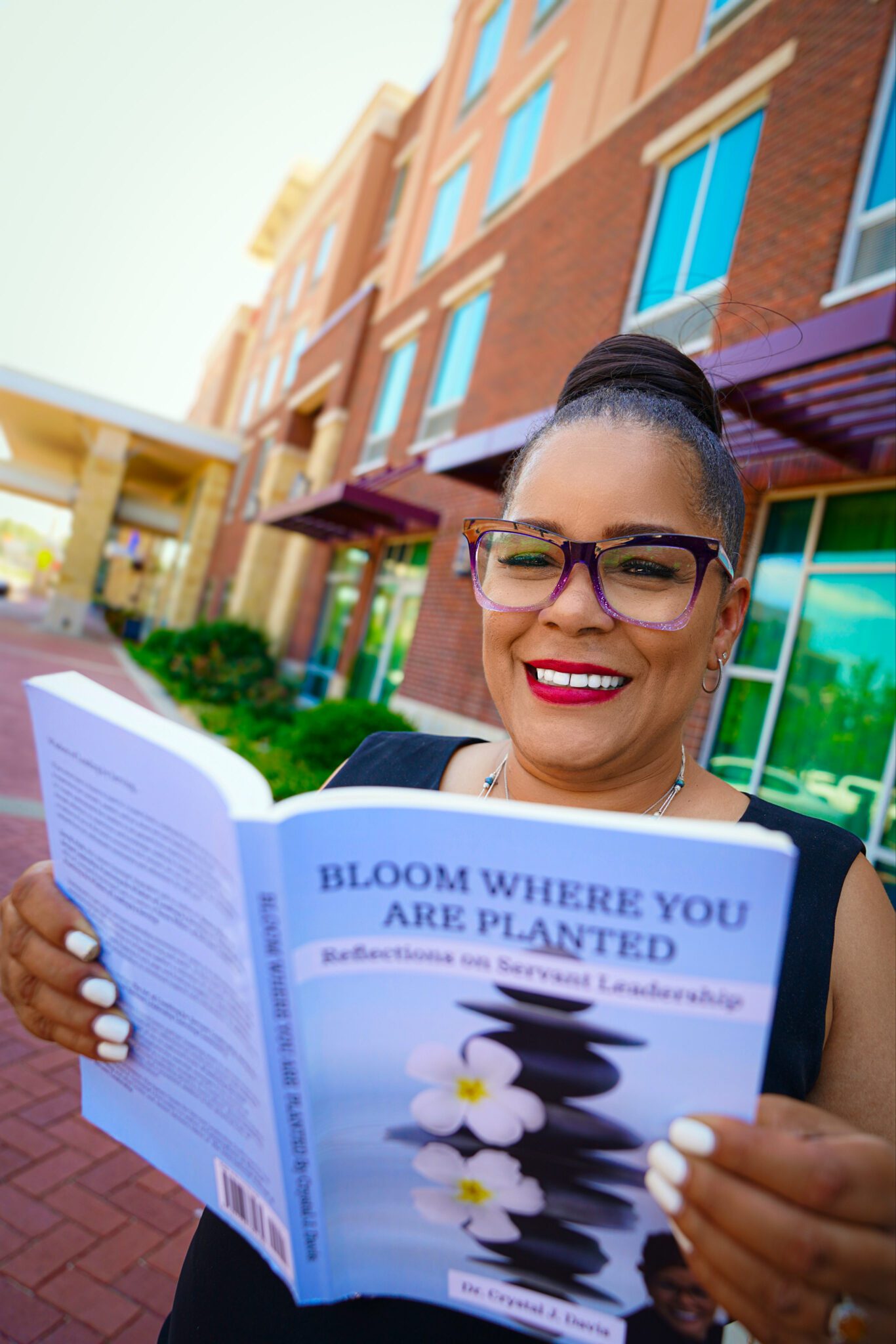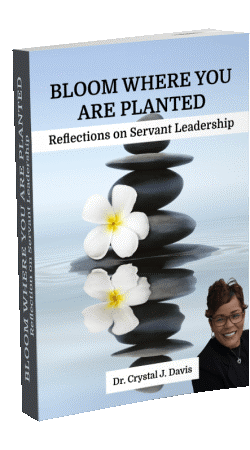“Our propensity to be competitive hinders efforts to interact collaboratively.”
~Dale Eilerman
Last week we discussed the Servant leadership pillar number four Compassionate Collaboration. Today, we look at how this type of collaboration works when dealing with conflict. As we all know, conflict is an unavoidable fact of life. But, how we deal with it sets us apart as Servant-Leaders. Compassionate collaboration cannot happen following the old ways of handling conflict, “I win, you lose” mentality. Servant-Leaders understand the alternatives to positively handling conflict and thus resolve problems without disrespecting the person.
Sipe and Frick in their book, Seven Pillars of Servant Leadership, use an illustration called, What’s Your Conflict Style? Each animal refers to a preferred conflict style. Read each one and decide which one you more closely align with in dealing with conflict.
Doves Accommodate
Doves smooth over a conflict in order to not ruffle any feathers. They do not want to hurt anyone’s feeling or ruin a relationship.
Ostriches Avoid
Ostriches simply do not like conflict. Period. They prefer to bury their heads in the sand or run away from the conflict.
Geese Collaborate
Geese value cooperation and closeness. The old saying, “Birds of a feather, flock together” describes the Geese. They desire all birds to reach the goal…together.
Hawks Compete
Hawks fight to win. They manipulate, threaten, or attack if they don’t agree with you.
Owls Compromise
Owls always seek diplomatic, fair, and peaceful solutions to conflict. They believe it is wise to compromise.
As can be seen, Servant-Leaders are Geese and Owls. They never let anger get in the way of a peaceful resolution. As we move toward learning the advanced competencies of a Servant-Leader, we explore tips that allow Servant-Leaders to handle conflict so that others have no room to wonder if you really believe in this Servant Leadership stuff. Sipe and Frick describe the CHILL DRILL (an instant calming technique) that can help you to take control of your anger and channel it into a more positive response. This technique will allow you to focus your mind on positive thoughts allowing for constructive solutions.
CHILL
At the onset of an angry feeling, tell yourself to CHILL. This is a cue to pay attention to your mind and body so that you can begin to calm and control your thoughts. CHILL reminds you that there are many choices of how to respond.
BLOW
Take a cleansing breath. Inhale through your nose and exhale through your mouth using your stomach muscles. Some call this a “cleansing” breath. This type of breathing dissipates the buildup of carbon dioxide in the brain helping to release feelings of anxiety.
FACE RELAXATION
We all know that our face shows exactly how we feel. As a child, my mother would just have to give us one look, and we knew what that meant! Relax your face muscles and try to make a positive face or at least a neutral face. In doing so, the brain is signaled to release the chemical acetocholine which helps to jump start your body’s calming abilities.
SPACE
Everybody has their personal space zone, and if someone crosses the boundary, it is uncomfortable. When anger or conflict is present, be sure to give yourself and the other person enough room to maintain the comfort zone. Take a step back, balance your body, and do not look or appear threatening. This also gives your brain some time to reflect on a positive response. Servant leaders always remain in an open and relaxed posture. This energy quickly puts you in a position of calm…and power. You are in control!
In my early days as an up-and-coming leader, I failed to handle conflict and anger. I was a DOVE in the truest sense of the word. One time, many years ago, I was involved in a conflict with a person at a nonprofit organization in which I was the lead volunteer. This person did not like what I had done and so commenced to screaming, at the top of her lungs, at me. It was totally disrespectful. Others were watching as this conflict unfolded. I had a choice; I could scream back (and claim that I was right), or run away with my tail tucked.
I did not even know about the CHILL technique, but at that moment, I stepped back. I relaxed and was not defensive. I listened to her for a little bit. In my mind I was thinking, “Crystal, they are watching you. How you handle this will determine your leadership abilities to everyone in this room right now.” The other person continued to berate me. I then said to that person, “I have to walk away from this situation right now. When you are calm, we can speak again if you like.” And with that, I walked away. I saw this person some time later, and they were still not ready to talk. I still spoke and always remained professional.
Many months later, I saw this person at another volunteer event, and she finally spoke to me. I spoke back and moved on. Although I felt like the conflict was never really resolved, I continued to do my work as the leader and be positive toward this person. In this case, the issue wasn’t resolved but I continued to remain positive. More than that, the room full of people watching came to me here and there and complimented me on my reaction to the situation. Others had been in conflict with this person as well.
Being a compassionate collaborator doesn’t mean everyone will agree with you every time. It does mean that you don’t need to be right, and you don’t need to use your power and influence to show someone up. Compassionate collaboration is not always easy, but it is the noblest for the Servant-Leader.
Food For Thought: When something this week makes me angry, I’ll try THE CHILL DRILL sequence of Chill, Blow, Face, and Space. What is the difference in my body sensation and attitude after THE CHILL DRILL?
To Handling Conflict,
Dr. Crystal
Crystal J. Davis is a servant leader, blogger, and researcher. She holds a Doctorate in Management specializing in Organizational Leadership. Dr. Davis is passionately engaged in Servant Leadership and selfless service to the nonprofit and public sectors having served both large and small organizations throughout her career and consulting business. Follow Crystal @DrDavis2126 (Twitter) and, Lead.From.Within. (Facebook).
© Copyright 2015 ~Dr. Crystal J. Davis. All Rights Reserved.








